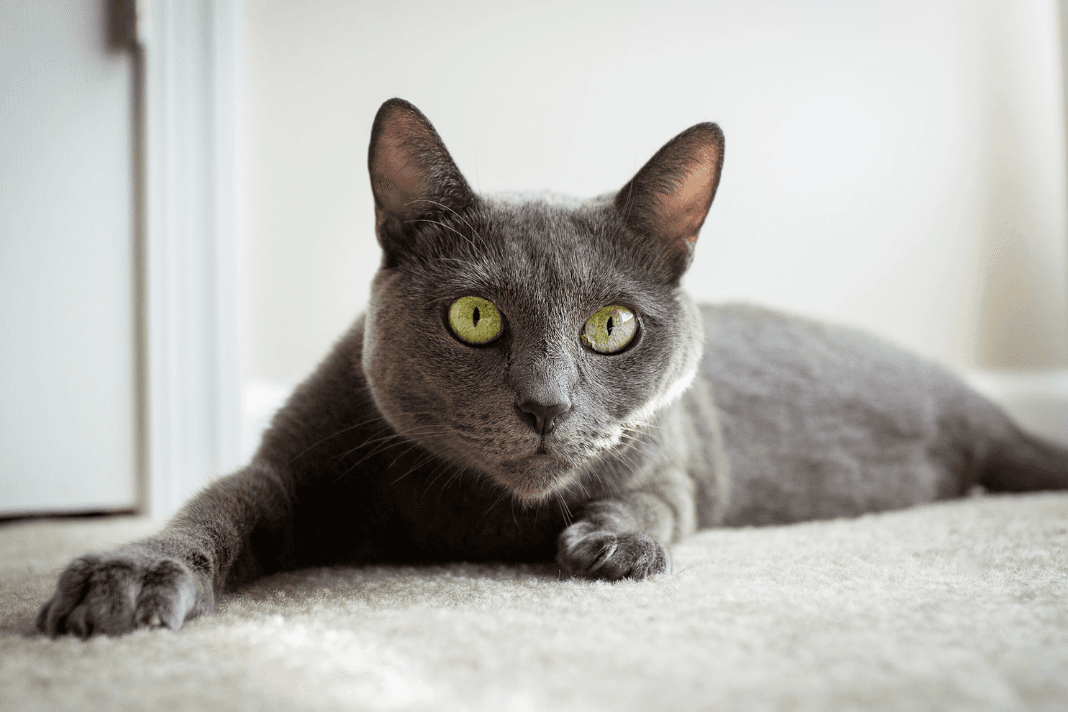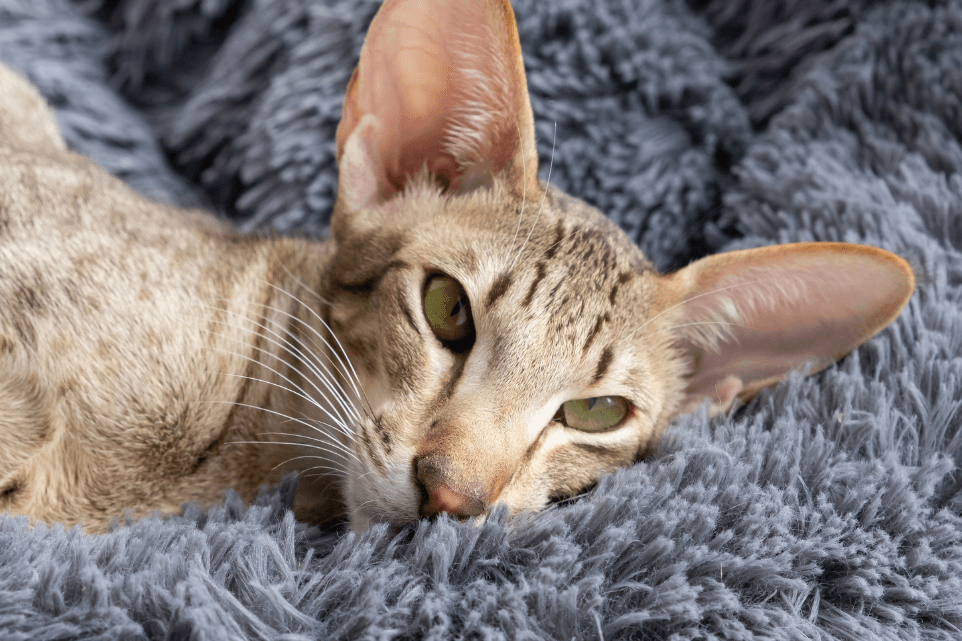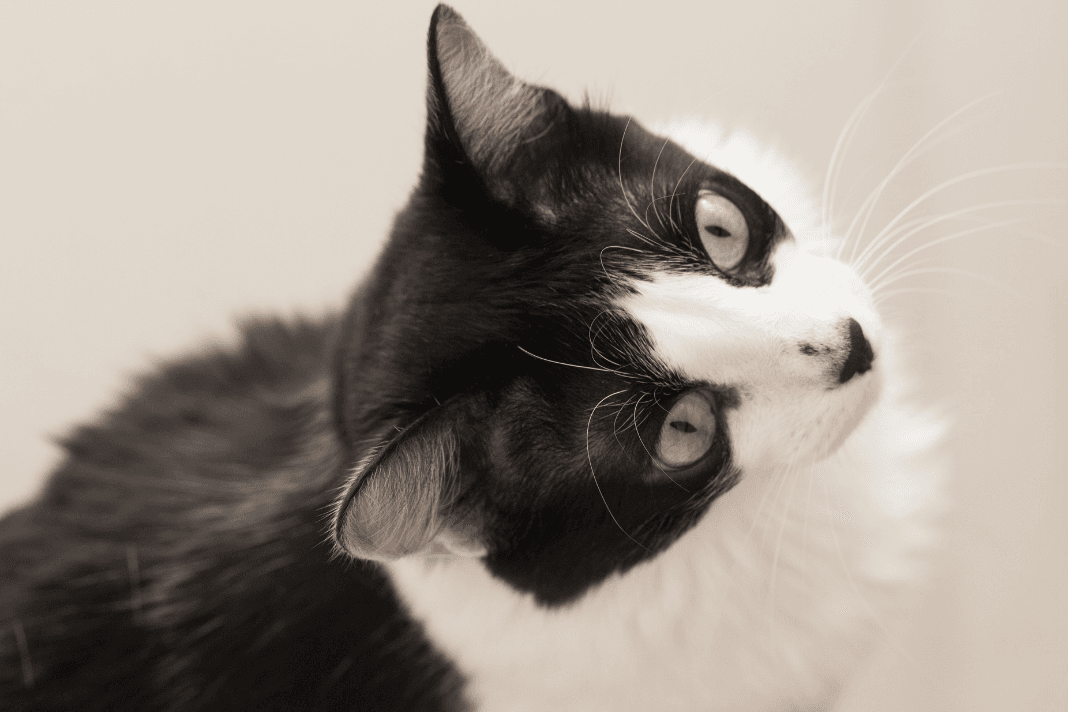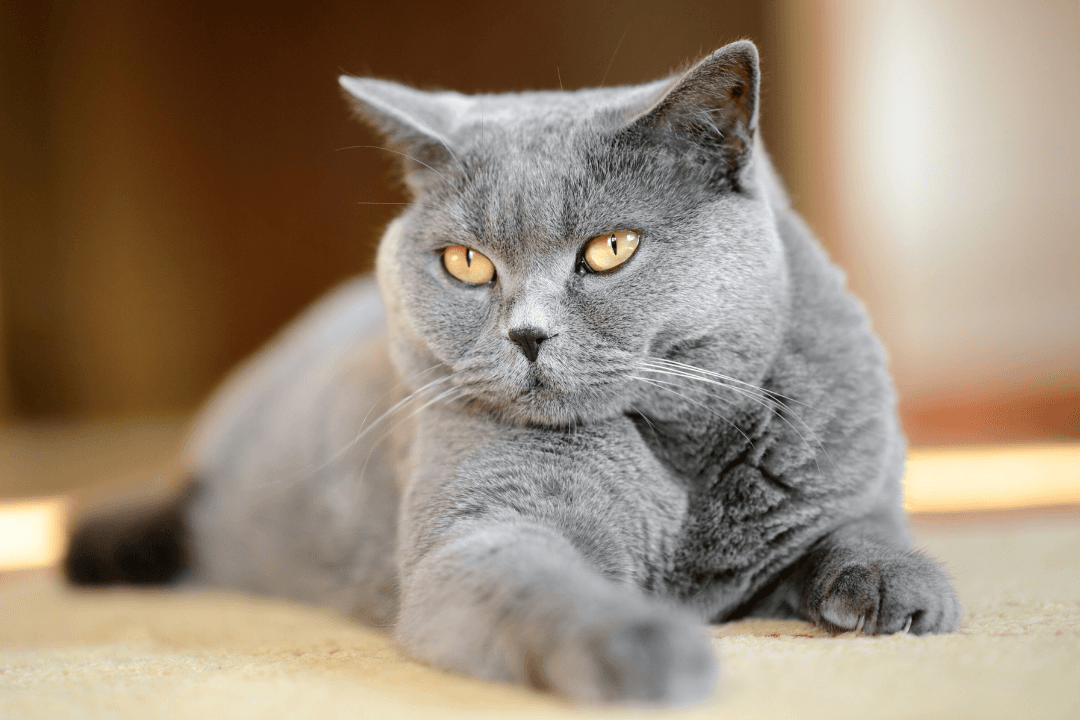Russian Blue – Everything you need to know about the cat breed
Brief info on your cat's breed Russian Blue
Weight: Males 3–5 kg, females 2–3.5 kg
Withers height: 25–30 cm
Energy level: Medium
Lifespan: 15–20 years
Social need: High
Colours: Mostly solid. The most common colours are dark grey and silver, but blue, white and black also occur in the breed.
Health problems: Generally healthy, and the known hereditary cat diseases rarely occur in the breed.
Personality of a Russian Blue
The Russian Blue is an affectionate, playful and intelligent cat breed that often “talks” a lot. It tends to follow its cat parents everywhere and often forms a particularly strong bond with “its” person. Despite this social side, the Russian Blue can be a little shy and may hide from visitors or during large gatherings. This is a real family cat that thrives best when it has another feline companion for company. It is also important that a Russian Blue is challenged and stimulated, especially mentally. It loves to play with toys as well as with us humans, and it needs plenty of activity to stay happy and healthy.
Looks and coat care of a Russian Blue
The Russian Blue is a medium-sized, graceful cat with long legs. Because of its short blue-grey coat, it resembles the British Shorthair and Chartreux cat breeds in appearance. However, it is nowhere near as compact as a British Shorthair and does not have the same yellow eye colour as a Chartreux.
The coat of a Russian Blue is soft and silky. The guard hairs and undercoat are the same length, so the breed has a so‑called double coat, which makes it feel a bit like plush. The breed sheds very little and also produces fewer allergens, so it can be a suitable choice for allergy sufferers. To remove loose hair, brushing a Russian Blue once a week is usually sufficient.
Health problems in a Russian Blue
One distinctive feature of the Russian Blue is that it is a cat breed that is hardly affected by the most common hereditary diseases. It is generally healthy, but can of course still suffer from the same health problems and other illnesses that occur in cats.
Oral health
Did you know you need to brush your cat’s teeth? Brushing your cat’s teeth daily is the best thing you can do to prevent your cat from developing periodontitis – learn more about it here. The dental disease FORL is common among cats and often occurs together with periodontitis. Brushing a cat’s teeth can be a challenge, but with treats and a lot of patience your cat will eventually get used to it. Learn more about how to brush your cat’s teeth here. You can read more about dental care for cats here.
Poisoning
There are many things that are poisonous to cats that you may not have thought about. One example is plants – learn more about which plants are poisonous to your cat here. Other examples of things that are toxic to cats are chocolate and mouse and rat poison. It’s important to store anything that is dangerous for cats in a place they cannot reach.






